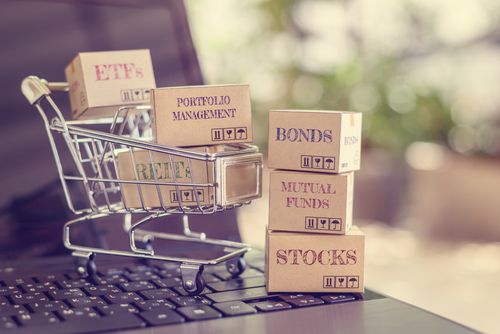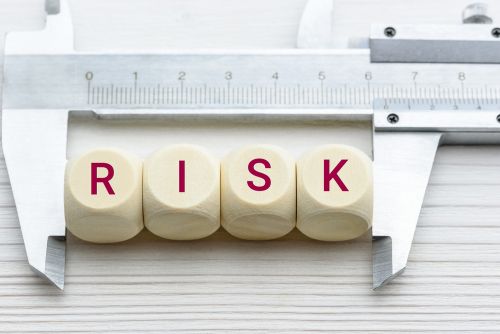This site uses cookies to provide you with a great user experience. By using BondbloX, you accept our use of cookies.
Why is everyone talking about bonds right now?
“Bonds” have been doing the rounds in most financial discussions of late and have resurfaced as a major asset class to invest in, given the current state of financial markets and the broad economy. With interest rates at levels not seen in decades (see chart below), a major incentive to invest in bonds has taken over markets.
So what are bonds? Bonds are financial instruments issued to investors willing to lend money for a certain time period. In return, the borrower pays interest payments and the principal amount at maturity to the lender. While they are similar to loans, they are tradeable in the financial market like stocks and thus have a price that fluctuates. Moreover, since they offer a fixed return, they offer a safety net as compared to stocks.
While there is a whole array of bonds that investors can choose from, broadly, there are two types of bonds that investors prefer to invest.
The first is government bonds – these bonds are issued by the government of a country and are considered to be among the safest instruments. Without going into too much detail, government bonds can be further classified into G4 bonds (low risk), emerging market bonds (higher risk) and other region specific bonds.
The second is corporate bonds. Corporate bonds fall into two broad categories: investment-grade (lower risk) and high yield bonds (higher risk). More about this in the following modules.
The choice of which bond or which type of bond you may want to buy depends on your risk appetite. Hence it is always preferable to look at the risk-return spectrum to identify the type of bond that might suit your preferences.
What are the basic features of bonds?
Get the latest news on bonds
Receive curated global bond market news directly in your inbox everyday to stay updated








